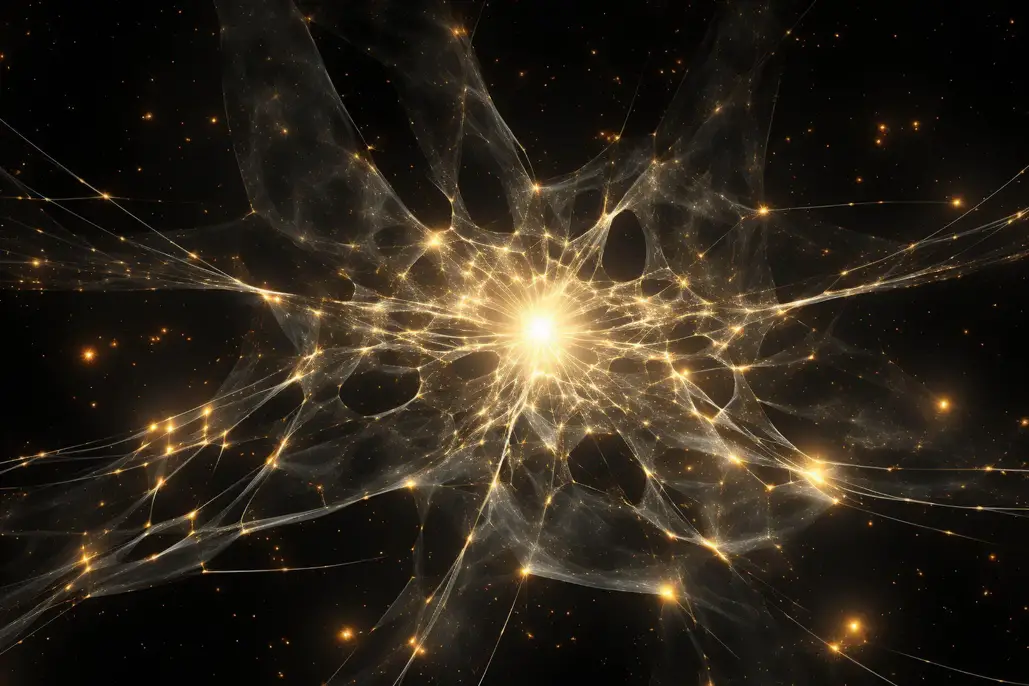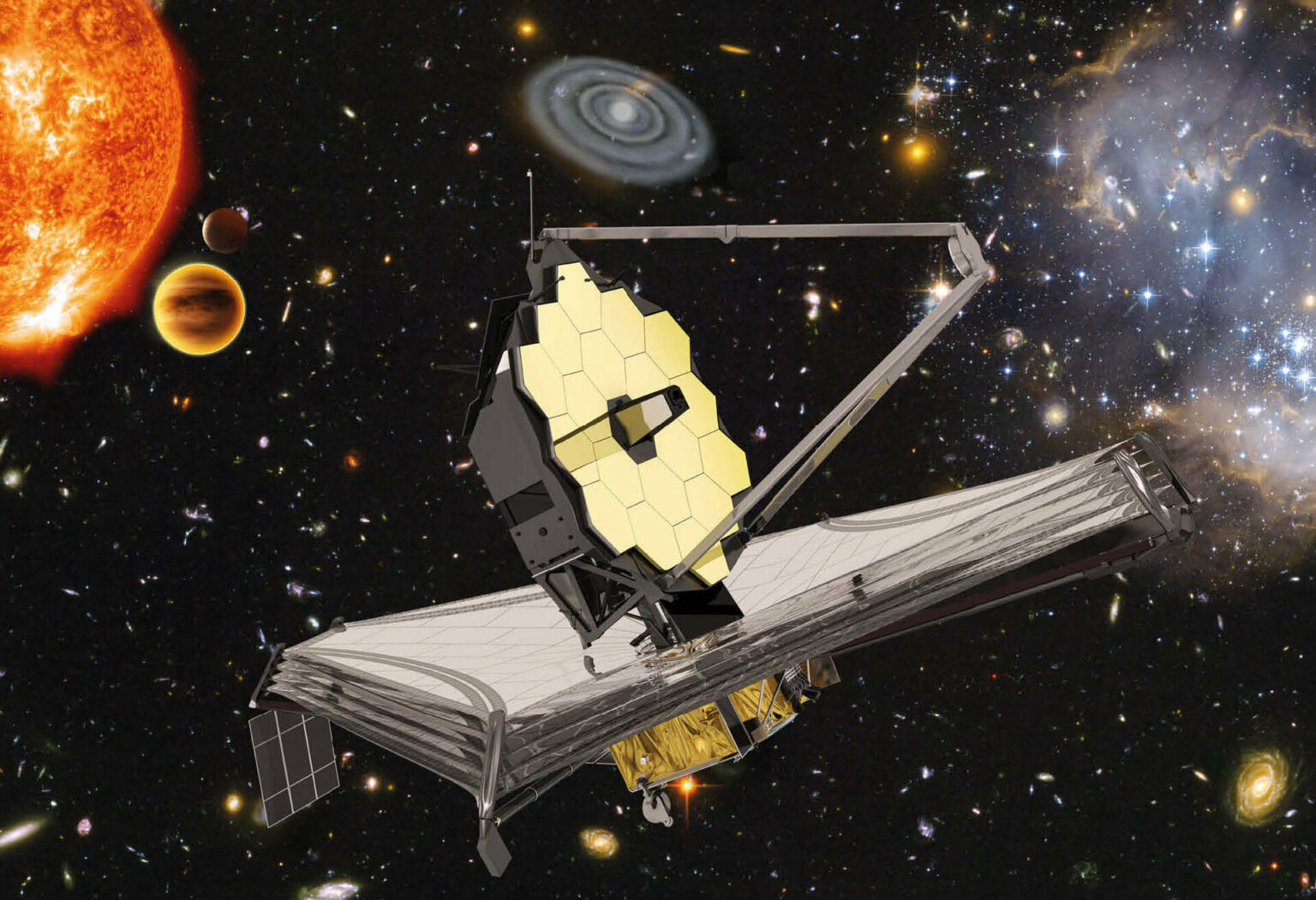In a groundbreaking discovery, the James Webb Space Telescope (JWST) has captured an extraordinary glimpse into the universe’s infancy, revealing the earliest strands of the cosmic web ever seen. This remarkable observation provides invaluable insights into the structure and evolution of the universe, shedding light on the mysteries of its origins. The JWST’s unprecedented capabilities and cutting-edge technology have allowed scientists to explore the depths of space like never before, unraveling the secrets of the cosmos.
Unveiling the Cosmic Web:
The cosmic web, a vast network of interconnected filaments, is a fundamental structure that spans across the universe. It consists of dark matter and gas, forming a web-like pattern that connects galaxies and cosmic voids. Scientists have long theorized its existence, but the JWST’s recent observations have provided tangible evidence of this cosmic structure.
Using its powerful instruments, the JWST has detected faint ultraviolet light emitted by oxygen in the intergalactic medium, allowing astronomers to trace the cosmic web’s intricate strands. By analyzing this ancient light, scientists can map the distribution of matter in the early universe and understand how galaxies formed and evolved over billions of years.

Unraveling the Origins:
The JWST’s observations have also offered insights into the origins of the cosmic web. By studying these early strands, scientists can trace the evolution of structure formation in the universe. The observations support the prevailing theory that small perturbations in the early universe grew over time, eventually leading to the formation of galaxies and the intricate cosmic web.
The remarkable clarity and resolution of the JWST’s observations have allowed astronomers to study the cosmic web in unprecedented detail. This breakthrough opens up new avenues for research, enabling scientists to delve deeper into the cosmic web’s formation and evolution, and ultimately understand the universe’s intricate tapestry.
Implications for Cosmology:
The JWST’s discovery holds significant implications for cosmology, the study of the universe’s origin, evolution, and structure. By revealing the earliest strands of the cosmic web, scientists can refine their models and theories about the universe’s development. This newfound understanding will contribute to our knowledge of fundamental physics, dark matter, and the large-scale structure of the cosmos.
Furthermore, the JWST’s observations will assist in solving some of the greatest cosmological puzzles, such as the nature of dark matter and the role it plays in shaping the cosmic web. By studying the distribution of matter and the interactions within the cosmic web, scientists can gather crucial data to further refine their theories and deepen our understanding of the universe’s inner workings.
Looking Ahead:
The JWST’s groundbreaking observations mark a significant milestone in our exploration of the cosmos. As the telescope continues its mission, scientists anticipate even more remarkable discoveries and insights into the universe’s mysteries. The JWST’s extraordinary capabilities, combined with the dedication and expertise of the scientific community, will undoubtedly revolutionize our understanding of the cosmos and reshape the field of astronomy.
Conclusion:
The James Webb Space Telescope’s detection of the earliest strands of the cosmic web represents a monumental leap forward in our exploration of the universe. Its observations have provided tangible evidence of the cosmic web’s existence and shed light on the origins and evolution of the cosmos. With each new discovery, the JWST pushes the boundaries of human knowledge, unraveling the secrets of the universe and inspiring future generations of scientists to continue exploring the vast wonders of space.













